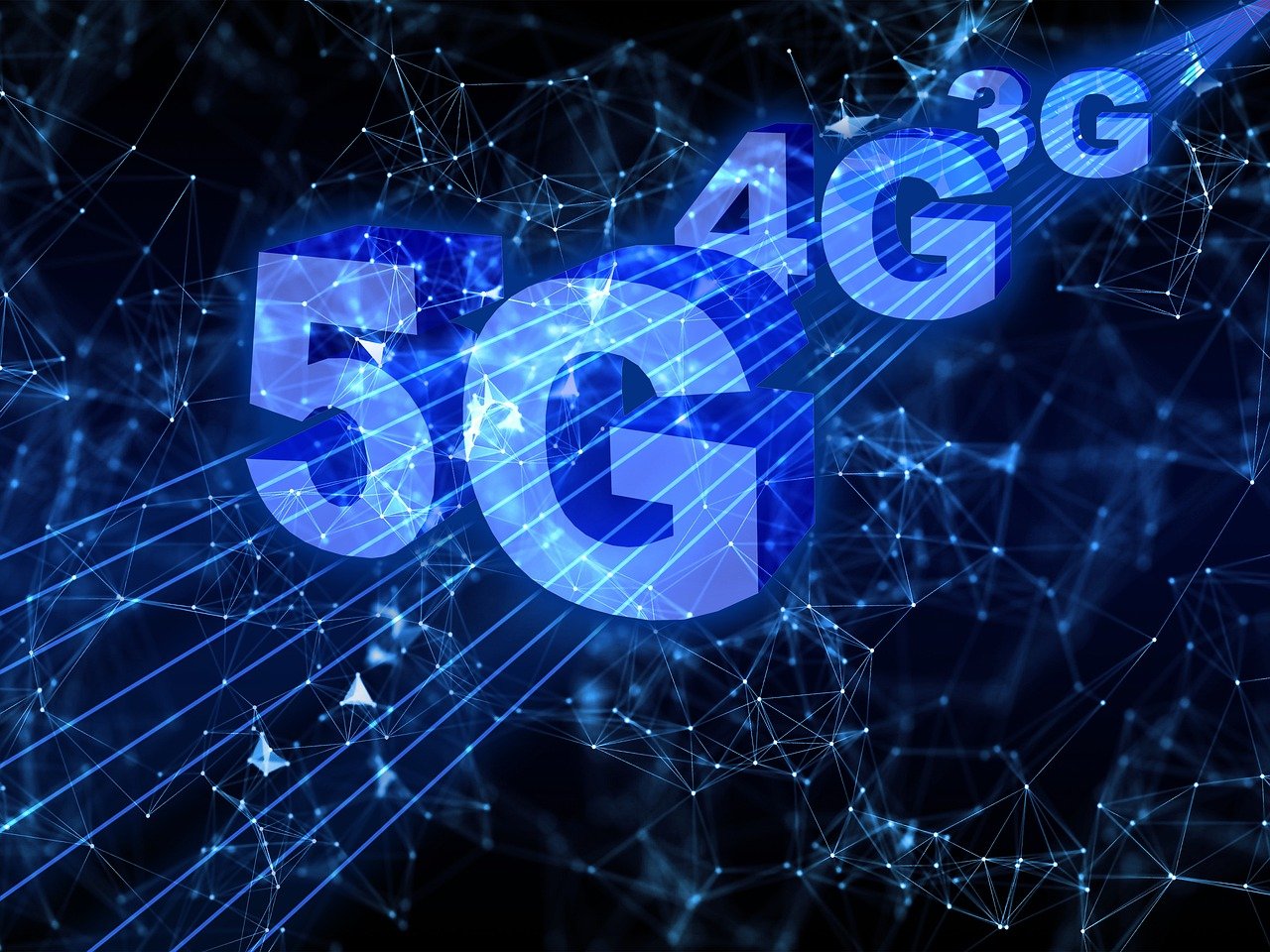Cybersecurity in the Age of 5G: Opportunities and Threats of Ultra-Fast Connectivity
The rollout of 5G technology is revolutionizing the way we connect, communicate, and interact with the world. With its promise of ultra-fast speeds, minimal latency, and the capacity to support billions of connected devices, 5G is poised to transform industries, enable groundbreaking innovations, and redefine the digital landscape. However, as with any technological leap, the benefits of 5G come with significant cybersecurity challenges. In this article, we explore the opportunities and threats presented by 5G and discuss how stakeholders can navigate this new era of connectivity securely.
The Opportunities of 5G
- Unprecedented Speed and Efficiency
5G networks deliver data speeds up to 100 times faster than 4G, enabling near-instantaneous communication and data transfer. This capability is a game-changer for industries that rely on real-time data processing, such as healthcare, autonomous vehicles, and financial services. For example, remote surgeries and self-driving cars will benefit from the ultra-low latency of 5G, ensuring precision and safety. - Massive IoT Expansion
One of the most significant advantages of 5G is its ability to support a massive number of connected devices simultaneously. This will accelerate the growth of the Internet of Things (IoT), enabling smarter homes, cities, and industries. From smart appliances to industrial automation, 5G will create a more interconnected and efficient world. - Empowering Emerging Technologies
5G is a catalyst for emerging technologies like augmented reality (AR), virtual reality (VR), and artificial intelligence (AI). These technologies will thrive on the high bandwidth and low latency of 5G, unlocking new possibilities in entertainment, education, and business. For instance, AR and VR applications will become more immersive and responsive, enhancing user experiences. - Economic Growth and Innovation
The deployment of 5G networks is expected to drive significant economic growth by enabling new business models and services. According to estimates, 5G could contribute trillions of dollars to the global economy and create millions of jobs in the coming decade. Industries such as manufacturing, logistics, and healthcare will benefit from increased efficiency and innovation.
The Cybersecurity Threats of 5G
While 5G offers immense potential, it also introduces new vulnerabilities and risks that could be exploited by cybercriminals. The following are some of the key cybersecurity challenges associated with 5G:
- Expanded Attack Surface
The proliferation of connected devices through 5G significantly expands the attack surface for cybercriminals. Each device, from smart home appliances to industrial sensors, represents a potential entry point for hackers. Securing these devices and ensuring they are not compromised is a monumental challenge. - Network Slicing Vulnerabilities
5G introduces the concept of network slicing, where a single physical network is divided into multiple virtual networks to support different services. While this allows for greater flexibility and efficiency, it also creates potential security gaps. A breach in one network slice could compromise the entire system. - Supply Chain Risks
The global nature of 5G infrastructure means that components are often sourced from multiple countries, some of which may have differing cybersecurity standards. This creates supply chain vulnerabilities that could be exploited to introduce malicious hardware or software into the network. - Increased Dependence on Software
5G networks rely heavily on software-defined networking (SDN) and network function virtualization (NFV). While this makes networks more flexible and scalable, it also increases the risk of software vulnerabilities and cyberattacks targeting these systems. - Privacy Concerns
The vast amount of data generated by 5G-connected devices raises significant privacy concerns. Without robust data protection measures, sensitive information could be exposed or misused, leading to identity theft, financial fraud, and other privacy violations.
Mitigating the Risks
To fully realize the benefits of 5G while minimizing its risks, a proactive and collaborative approach to cybersecurity is essential. The following measures can help mitigate the threats associated with 5G:
- Strengthening Encryption and Authentication
Implementing strong encryption and multi-factor authentication can help protect data transmitted over 5G networks and prevent unauthorized access. - Adopting Zero Trust Architecture
A zero-trust approach, where no user or device is trusted by default, can help secure 5G networks by continuously verifying the identity and integrity of all connected devices and users. - Enhancing Supply Chain Security
Governments and organizations must work together to establish stringent cybersecurity standards for 5G equipment and components. Regular audits and transparency in the supply chain can help identify and address vulnerabilities. - Investing in AI and Machine Learning
AI and machine learning can be leveraged to detect and respond to cyber threats in real-time, providing an additional layer of security for 5G networks. - Promoting International Collaboration
Cybersecurity is a global issue that requires international cooperation. Governments, industry leaders, and cybersecurity experts must collaborate to develop best practices, share threat intelligence, and establish global standards for 5G security.
Conclusion
The age of 5G represents a monumental leap forward in connectivity, offering immense opportunities for innovation, economic growth, and societal advancement. However, the increased complexity and scale of 5G networks also introduce significant cybersecurity challenges that must be addressed. By adopting a proactive and collaborative approach to cybersecurity, we can harness the full potential of 5G while safeguarding against its inherent risks. As we embrace the era of ultra-fast connectivity, ensuring the security and resilience of our digital infrastructure will be more critical than ever. The future of 5G is bright, but it must be built on a foundation of trust and security.

